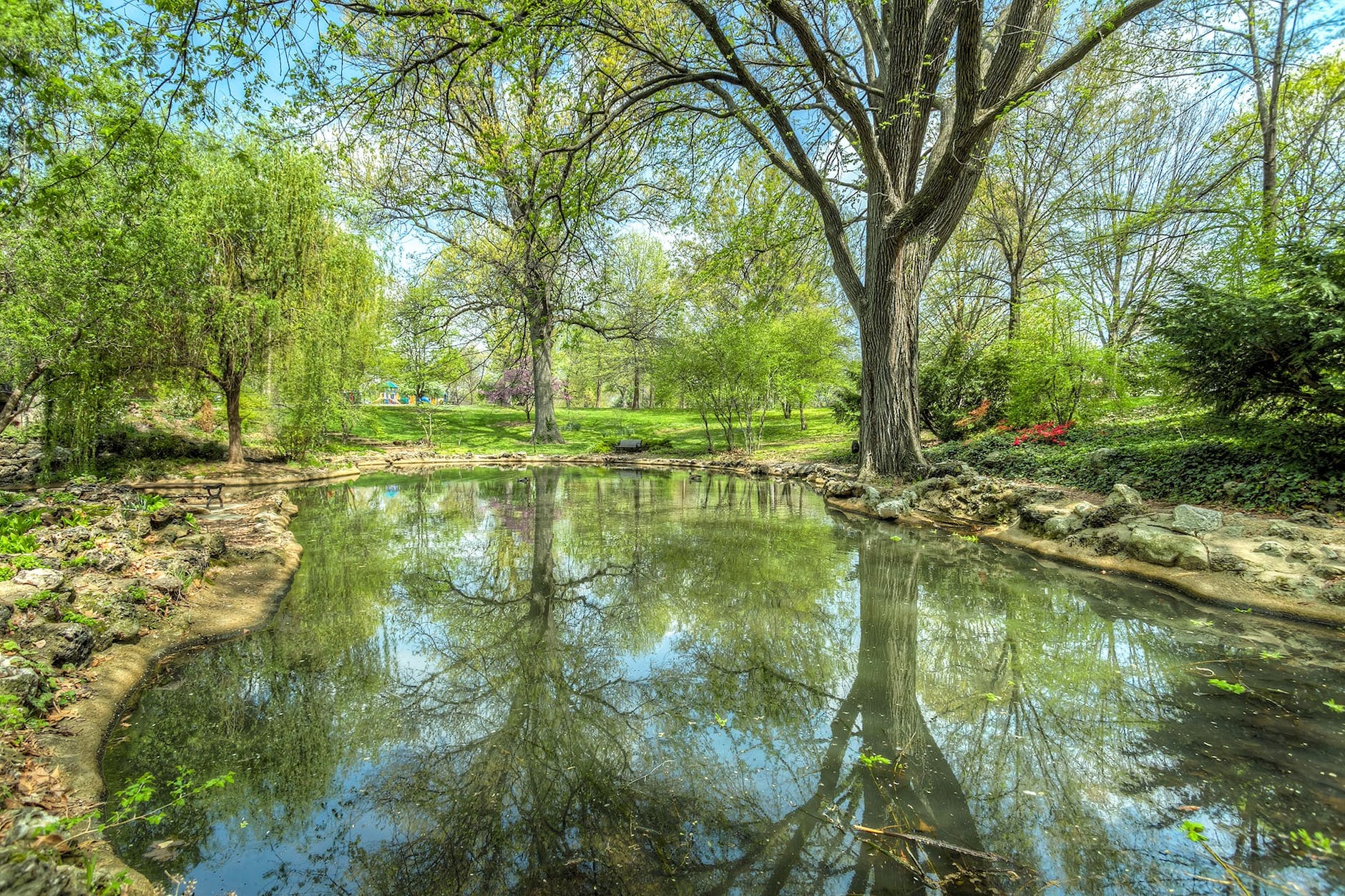Tonight I started watching Oxford Nanopore Technologies NCM 2022 Masterclasses. The first recording I watched was by Vania Costa on “How to extract high-quality DNA and RNA.” They spoke about considerations for different fragment lengths. For example, you may want long and ultra-long DNA fragments for assembly. However, for cell-free DNA sequencing you are likely unable to obtain longer fragments. Costa also explained that different tissues will have different yields and preservation of the sample will affect the quality and length of the DNA fragments obtained. They mentioned their number one rule: “you cannot sequence what you do not have.” For sample preservation, storage of samples may help stabilize cells, for example, and preserve DNA better. Costa explained that column and bead-based extraction methods will extract medium sized fragments. If you want large fragments, you will need to consider the preservation of the sample. You can also incorporate size selection, though this will affect yield. Costa mentioned they have validated the Chemagic 360 and QIAGEN EZ2 Connect. ONT has also developed protocols for human brain tissue with the QIAGEN MagAttract kit. This method can be adapted for high-throughput approaches.
Costa explained that with RNA it depends on the sample. For blood they recommend globin depletion. They have methods for plants, mushroom, animal, FFPE, and cells. For Gram negative and Gram positive bacteria they recommend rRNA depletion and polyadenylation. Costa explained that all of these methods are available on the ONT Community page. For extraction QC, they recommend Qubit quantification. They do recommend NanoDrop for assessing contaminants for DNA and RNA. For DNA, they suggest evaluating fragment length to determine if size selection is needed. For RNA, Costa explained that RNA Integrity Number (RIN) is important to know.
For longterm storage, they recommend freezing with some EDTA. After ten freeze thaw cycles, they do see a drop in the N50. For shorter storage periods, refrigeration seems to be ok. This information is good to keep in mind, as I tend to avoid freezing immediately.
Costa mentioned that ONT uses the EXP-SFE001 kit for removing short reads. For preparing samples for metagenomic sequencing, Costa explained that they experimented with different extraction methods for pond water samples. They chose the ZymoBIOMICS Miniprep kit with very little bias. This approach consisted of spiking in mock communities and filtering the water. Then, they proceeded with the ZymoBIOMICS kit. Costa explained they used the ligation sequencing, rapid, and ligation sequencing kit after genome amplification with QIAGEN REPLI-g. I have not tried REPLI-g and now I am intrigued. While sizes of sequenced fragments varied, the total yield did not vary too much. Costa shared that all the protocols they mentioned are in the Nanopore Community. To conclude, they emphasized that extraction methods depend on your sample and sequencing needs and that quality control of samples is key.



